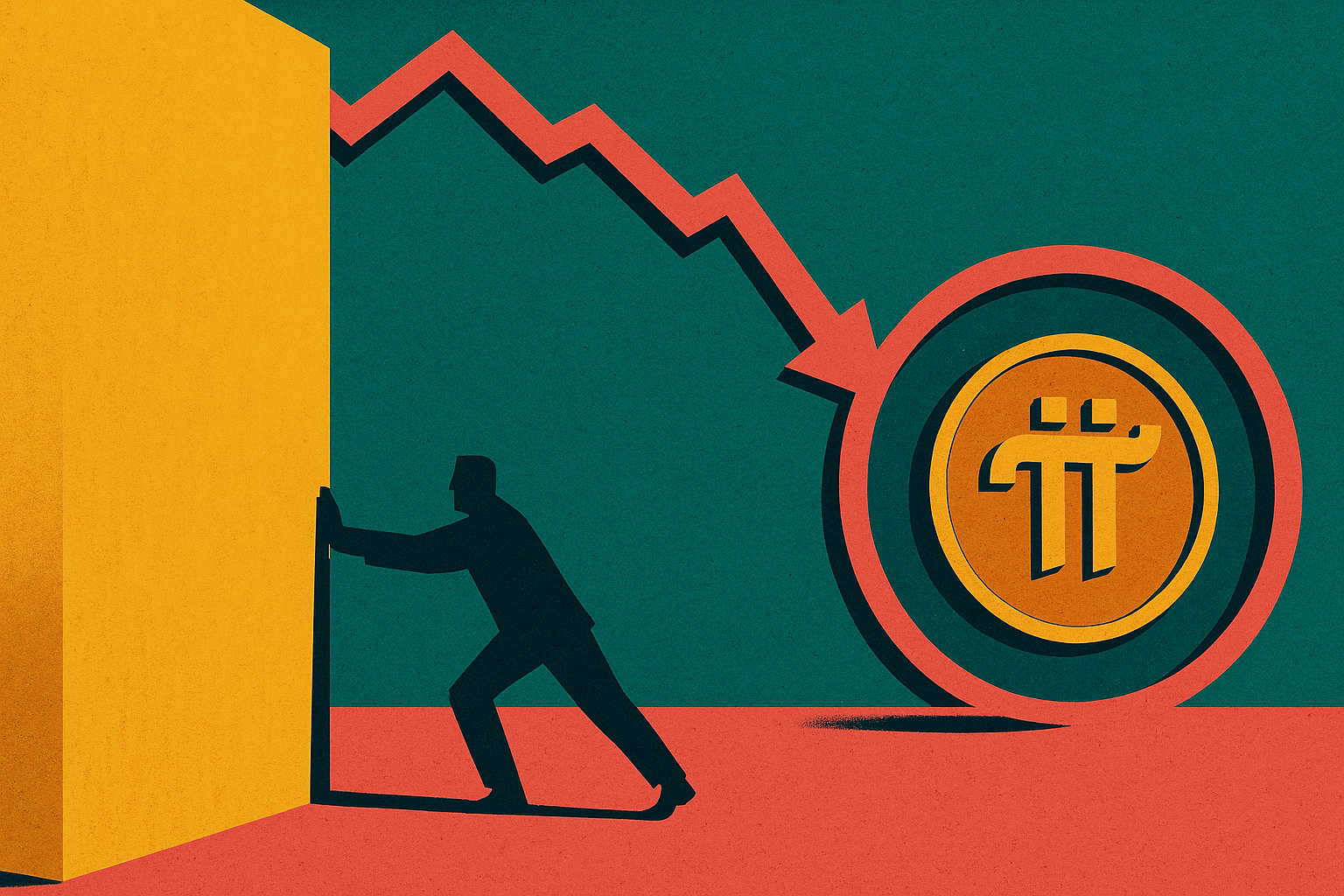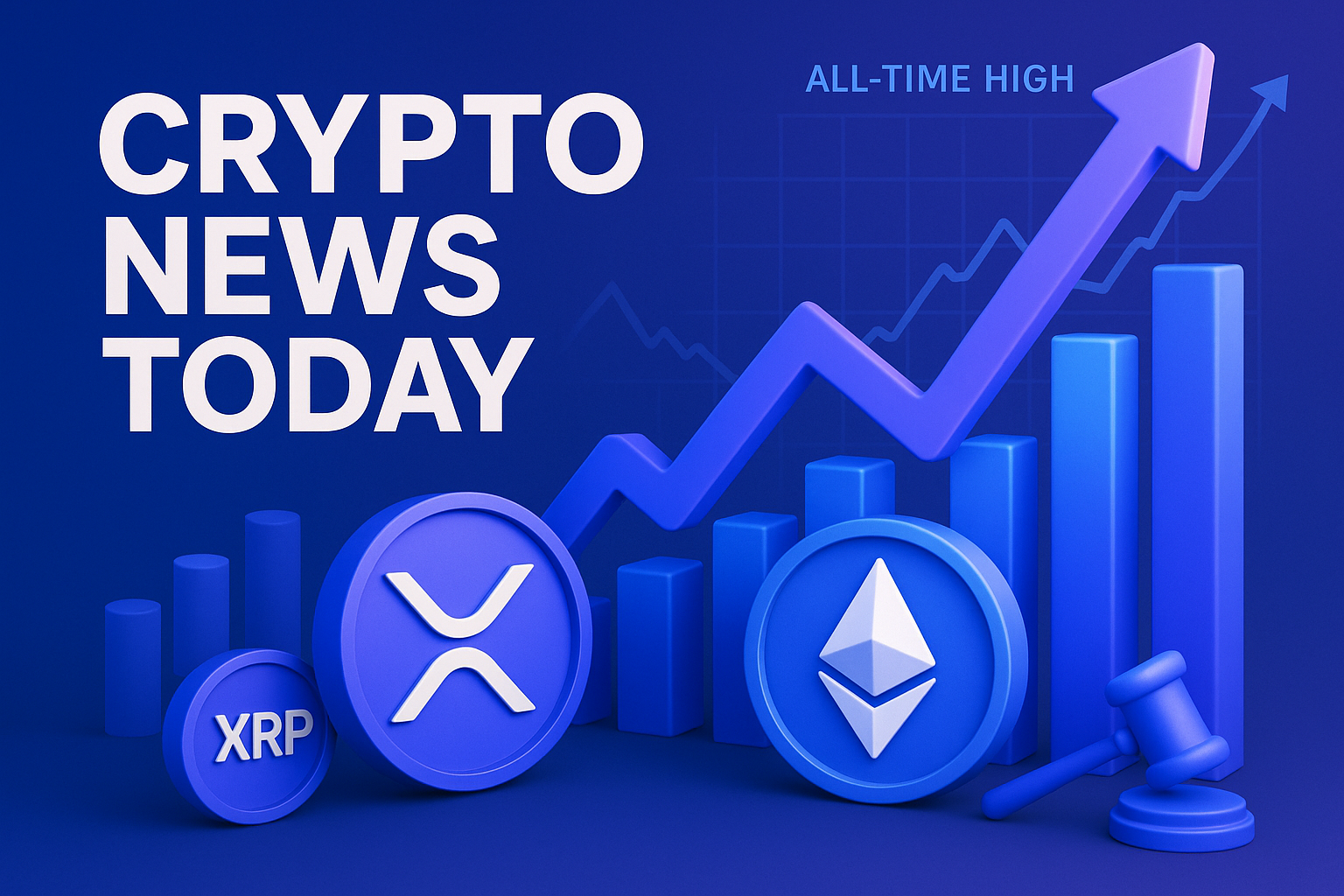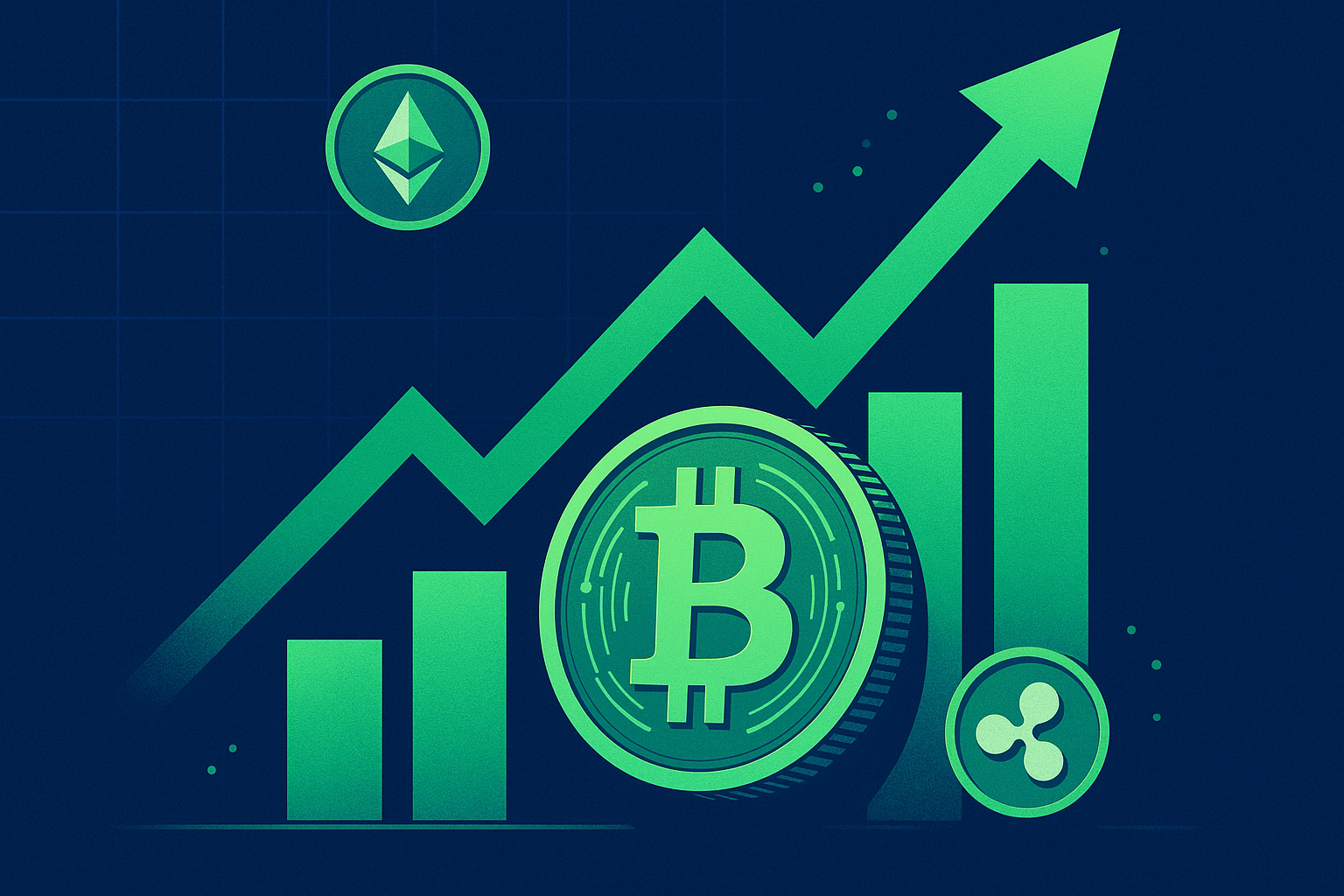Remember When Pi Was the Darling of Mobile Miners?
I still have screenshots from late 2021—friends bragging in Telegram groups that they’d mined thousands of Pi while waiting in coffee-shop lines. It felt almost too easy. The pitch was irresistible: tap a button once a day and bam, free crypto, no battery drain, no hidden ASIC in your backpack. By March 2022, Pi’s IOU price on exchanges like XT.com and Huobi was flirting with $330. Twitter feeds were a sea of rocket emojis. Everyone thought they’d found the next “early BTC mining” moment. I was skeptical then; I’m even more skeptical now.
Fast-forward to This Week: The Chart That Gave Me Déjà Vu
Late Tuesday night I was doom-scrolling TradingView. Pi’s IOU chart had printed a grim candle: -14% in 24 hours, the fourth straight daily red. That completes a two-month downtrend, slicing through every short-term support like warm butter. The price is now hovering at $18.40—just a hair above its all-time low of $16.30 set last July. Volume? Practically a flat-line, down 32% week-over-week. If you trust basic TA, an asset can’t break that many support zones and walk away unscathed. The trend looks validated, and that’s a five-dollar word for “uh-oh.”
I’m not entirely sure where the next bid wall sits. On-chain data is murky because Pi isn’t fully on-chain—more on that in a second—but order-book depth on Huobi shows the next meaningful stack of buys around $15. If that level crumbles, we’re staring into the void.
Who's Selling, and Why Now?
This part took some actual digging. Remember, Pi’s token hasn’t officially hit mainnet; what trades today are IOUs or wrapped variants. They’re barely tethered to the project’s eventual tokenomics. I pinged a market-maker friend—call him “R”—who handles liquidity for mid-cap alts. He says OTC desks have been quietly offloading Pi since mid-September.
“They’re being cagey about it,” R told me over Signal. “But you don’t ladder out 50K coins unless you know supply is about to flood.”
That lines up with chatter on the Pi subreddit: users are finally passing KYC, meaning their mined balances could soon unlock. If even 10% of the 35 million claimed users get token access, that’s, what, 3.5 million people suddenly free to hit ‘sell’? Picture musical chairs with 100 players and one stool.
The Rumor Mill: Delayed Mainnet, or Something Darker?
Pi Core Team’s last Medium post repeats the same mantra: “Mainnet launch once the network is sufficiently decentralized and compliant.” Translation? No timeline. And every delay lets more uncertainty seep into the order books. On Crypto Twitter, @CryptoMessiah half-joked last week that Pi is “the next Hashgraph—perpetually a few months away from changing the world.” Harsh, but the shoe fits.
Then there’s the regulatory overhang. Ask 10 crypto lawyers about Pi and you’ll get 11 answers. Is a “tap-to-mine” token an unregistered security? The U.S. SEC already has Coinbase in its crosshairs; a massive retail-first project will never be a low-profile target. If Pi Core Team is lawyering up, that alone could gum up the mainnet timeline for quarters, not weeks.
Here's What Actually Happened (As Far As I Can Tell)
Piecing together order-book data, anecdotal OTC flow, and public statements, here’s my best detective board:
- Mid-August: Pi fails to break $37 resistance; whales rotate into trendier AI tokens.
- September 5-12: KYC wave #2 begins; users report first “mined” Pi hitting exchange IOU wallets.
- September 18: Core developers delay mainnet blog update, citing “unified compliance.”
- October 2: On-exchange volume dips below $1.5M daily for the first time since launch.
- October 17: Support at $22.50 caves in; algorithmic traders pile on shorts.
- This week: Price touches $18, validating the two-month downtrend. Social sentiment (LunarCrush) falls to 37/100, basically “fear.”
Is market manipulation at play? Hard to prove. The liquidity is razor-thin, so a few coordinated sell walls could push the token off a cliff. Still, the data suggests more of a slow-motion exodus than a single whale dumping.
Why This Matters for Your Portfolio, Even If You Don't Hold Pi
Here’s the kicker: Pi’s meltdown could be a canary for retail-centric altcoins. If a project with 35M app downloads can’t maintain price floor, what hope is there for the token you bought because a TikToker said “next 100x”?
Also—liquidity crises ripple. Remember Terra? When UST de-pegged, everything correlated. If Pi tanks sub-$15, bots could yank collateral, market-making algos widen spreads, and suddenly your favorite low-cap Metaverse coin is down 12% on zero news. I’m not doom-casting, just connecting dots that many refuse to see until it’s too late.
The Community Isn't Taking This Lying Down
Credit where it’s due: Pi believers are persistent. There’s an impromptu “HODL & Build” movement in Discord. Folks are spinning up mini-DAPPS—marketplaces for in-app Pi payments, an NFT experiment called PiArt, even a prediction market on whether mainnet launches by Q2 2024. I love the hustle, but grassroots energy won’t matter if token unlocks drown the order books.
One encouraging sign: a joint proposal from two prominent validators (@PiJoe and @StellarKat) suggests time-locked staking at mainnet, with APYs tapering each quarter. That could sop up supply. But the Core Team hasn’t weighed in, and time isn’t on their side.
So, Where Do I Stand?
I don’t hold Pi—never mined it, never bought the IOU. After 72 hours poring over data, I’m not itching to change that. Could a surprise mainnet launch and Coinbase listing rocket the price back to triple digits? Sure, stranger things have happened (Dogecoin at $0.70, anyone?). But betting on regulatory clarity and flawless tokenomics in today’s climate feels like punting from your own end zone—wind in your face.
For existing holders my gut says: mind the $15 level. That’s not financial advice, just an observation from someone who’s watched too many altcoins round-trip to oblivion. If that floor buckles, brace for a single-digit print.
As always, keep receipts, question influencers, and never fall in love with a ticker symbol. Crypto’s brutal like that.



